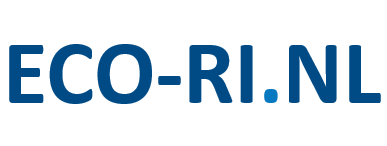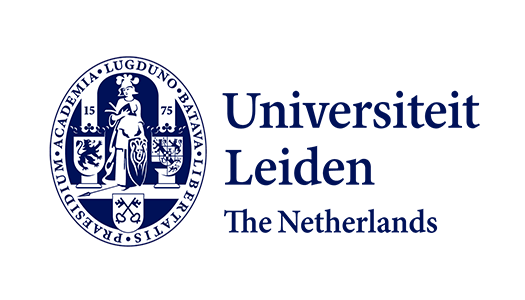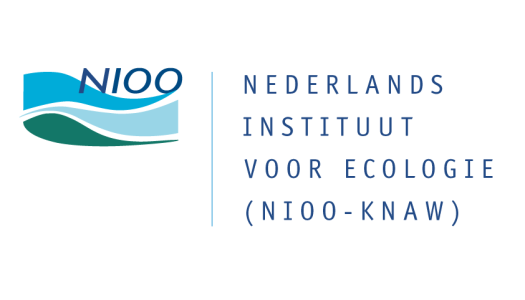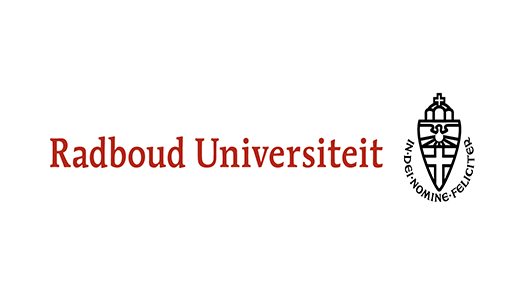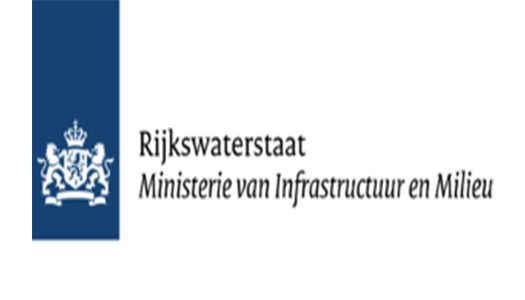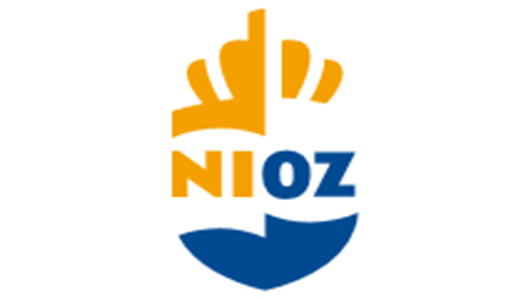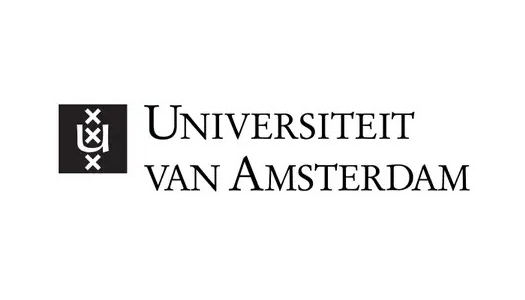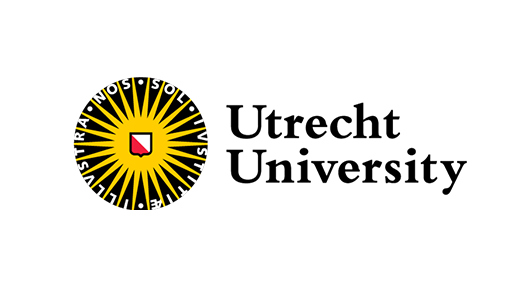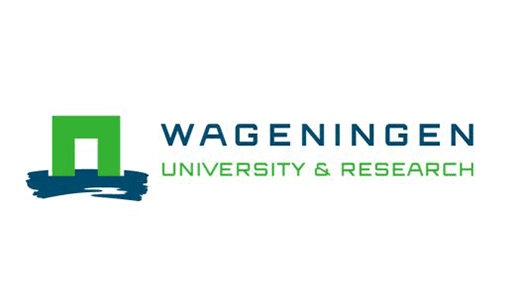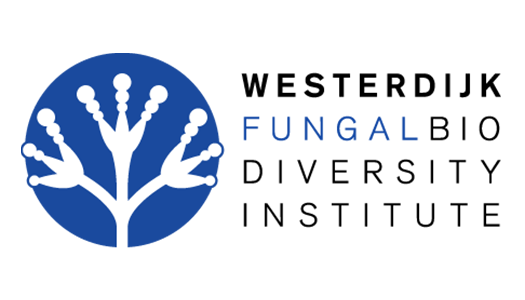Ecological research infrastructures in the Netherlands
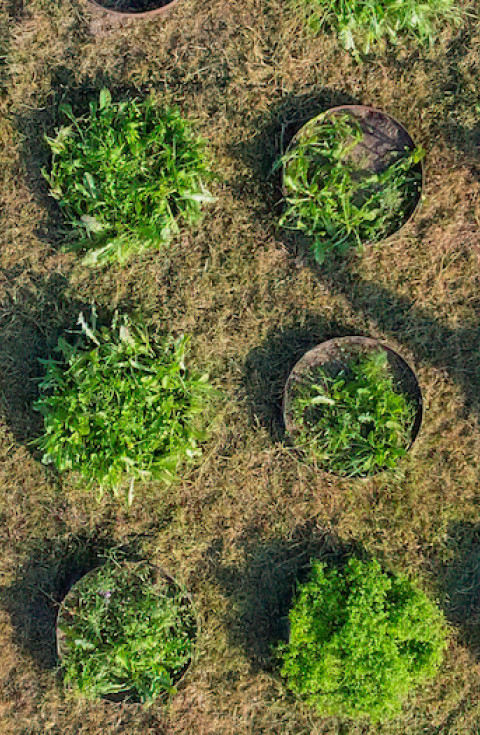
From experimental mini-lakes to research vessels, and from living labs to collections. In The Netherlands we have many and diverse ecological research facilities. This website provides a national overview of the large-scale ecological research infrastructures.
For ecological researchers in the Netherlands this overview offers opportunities to team up with other researchers and to link to existing ecological research facilities and initiatives. Currently, the inventory of large-scale ecological research facilities focuses on ecotrons, scientific (data) collections, long-term field studies and research infrastructures for fieldwork.
Map
List
Filter by
Infrastructure type
Landscape type
Institute
Active filters
Filter by
Infrastructure type
Landscape type
Institute
Active filters
-
Experimental garden
The experimental garden at the Radboud Institute for Biological and Environmental Sciences is a unique, modern facility that consists of a greenhouse, climate chambers, phytotron, experimental field, and aquatic mesocosms. These facilities can be used for research on the effect of climate change on plants, insect pollination, and GMOs.
-
Field station De Herdershut
Field station De Herdershut (the shepherd’s hut) of the University of Groningen on the Wadden Island of Schiermonnikoog is the Netherlands' northernmost scientific research station and the home base for research in the eastern Wadden Sea.
-
Flume and wave mesocosms
This series of facilities hosts different types of flume systems which serve to control water movement by a combination of flow and waves. The flume systems are used to study how water movement affects spatial development, functioning and resilience of the estuarine and coastal ecological landscape. The facility also hosts a wave mesocosm, to study the interaction between hydrodynamics and benthic organisms.
-
Gas exchange and treatment lab
In a set of larger and smaller cuvettes the gaseous atmospheric composition can be adjusted. This primarily concerns elevated or lower CO2 levels, or reduced oxygen content. Alternative gasses can be supplied, such as stable isotopically labelled 13CO2. Cuvettes are connected via a flow though system, which then also allows whole plant/canopy photosynthesis and respiration measurements.
-
Hackfort
Hackfort is an oak coppice grove in the East-Southeast of the city of Zutphen in the province of Gelderland, the Netherlands. The forest is situated at the transition from western riverine deposits and eastern periglacial cover sands.
-
Hole-breeding passerines monitoring: Hoge Veluwe
Hoge Veluwe is one of four areas in NIOO-AnE's long-term monitoring research on great tits and other bird species that started in 1955. It consists of a large forest area of more than 350 ha of mainly conifers and oak on poor sandy soil. This area is part of the largest forest complex in the Netherlands, De Veluwe. Every breeding season, many students and researchers are involved in doing field work at Hoge Veluwe. -
Hole-breeding passerines monitoring: Liesbos
Liesbos is one of four areas in NIOO-AnE's long-term monitoring research on great tits and other bird species that started in 1955. It consists of a large forest area of about 100 ha of deciduous trees, mainly oak, on rich sandy-loam soil.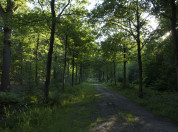
-
Hole-breeding passerines monitoring: Oosterhout
Oosterhout is the last of four areas in NIOO-AnE's long-term monitoring research on great tits and other bird species. Research there started in 1956, one year after the other three areas. It consists of deciduous forest of mainly oak trees on a country estate of about 8 ha, and has a rich clay-sandy-loam soil. Oosterhout has around 150 nestboxes.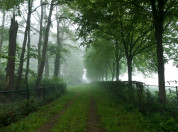
-
Hole-breeding passerines monitoring: Vlieland
Vlieland is one of four areas in NIOO-AnE's long-term monitoring research on great tits and other bird species that started in 1955. It consists of several smaller forest areas, which together cover about 250 ha of mainly conifers and oak on poor sandy soil. As Vlieland is an island in the Wadden Sea, the area stands completely on its own. Important population questions in NIOO's long term research are/were studied here.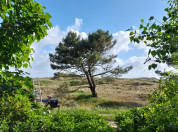
-
Land van Ons - Warmond
The foundation 'Land van Ons' has obtained a peat meadow area near Leiden to increase biodiversity in this intensively used agricultural area. The goal is not to recreate nature, but to develop sustainable agricultural use of this land with the goal of increasing biodiversity in the area and developing management strategies that optimise its ecological, economic and recreational value.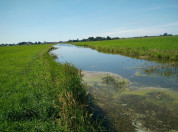
-
LifeWatch ERIC – Virtual Laboratory and Innovation Center
LifeWatch ERIC is a research infrastructure for biodiversity and ecosystems research. They have offices on multiple locations around Europe. The University of Amsterdam hosts their Virtual Laboratory and Innovation Center, where they offer innovative solutions for building virtual labs. Those virtual labs are used by scientists across Europe for digital experiments and collaborating on biodiversity research.
-
Limnotrons
The limnotrons are twelve stainless steel indoor mesocosms with a high level of control. The dimensions are: 0.97 m in diameter, 1.32 m (side) and 1.37 m (centre) depth, and a maximum volume of 922 L. In addition to the possibility of sampling vertically with specifically designed integrated water samplers, sampling can also be done by using the sampling ports positioned at three depths. The vessels are equipped with automatic sensors (oxygen, temperature, light), which can make pre-programmed depth profiles.
www.eco-ri.nl is initiated and maintained by the Netherlands Institute of Ecology (NIOO-KNAW), and supported by the Dutch universities and research institutes connected to NERN (Netherlands Ecological Research Network) and/or BiodiversityXL (Centre of Excellence for Netherlands Biodiversity Research).
The inventory of ecological research infrastructures is ongoing. You are very welcome to share additional information via our contact address below.
Highlighted Ecological Research Infrastructures
-
National Research Fleet
The National Research Fleet consists of three research vessels: RV Pelagia, RV Navicula and RV Adriaen Coenen.
-
Limnotrons
The limnotrons are twelve stainless steel indoor mesocosms or mini-lakes with a high level of control.
-
LTSER-platform Veluwe
The Veluwe is the largest connected nature area of the Netherlands, with a great array of ecological and socio-economic research.
Institutions with ecological research facilities
-
Delft University of Technology
-
Erasmus MC
-
HAS green academy
-
James Cook University Australia
-
Leiden University
-
Naturalis Biodiversity Center
-
Netherlands Institute of Ecology (NIOO-KNAW)
-
Radboud University
-
Rijkswaterstaat
-
Ringersvereniging (Bird banding society)
-
Royal Netherlands Institute for Sea Research (NIOZ)
-
Sovon
-
University of Amsterdam (UVA)
-
University of Groningen
-
University of Twente
-
Utrecht University
-
Wageningen University & Research
-
Westerdijk Institute
Contact
If you have any additions to the inventory, please contact the NIOO Research Support Office via rso@nioo.knaw.nl.
